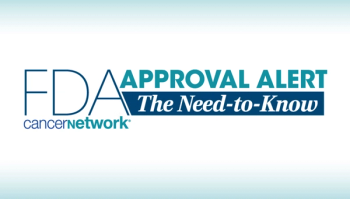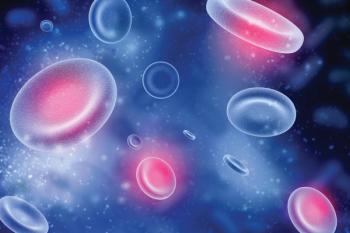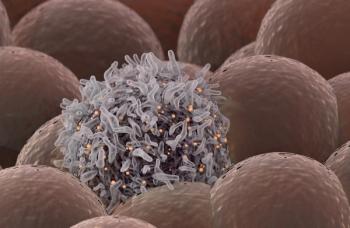
Miami Breast Cancer Conference® Abstracts Supplement
- 42nd Annual Miami Breast Cancer Conference® - Abstracts
- Volume 39
- Issue 4
- Pages: 54
70 Malignancy Upgrade Rates of Discordant Breast Lesions
Background/Significance
When a breast lesion with imaging characteristics suspicious for malignancy is benign on needle core biopsy (NCB), it is radiographically/pathologically discordant. Surgical excision of discordant breast lesions (DBLs) is recommended to rule out malignancy. Our objective was to evaluate the malignancy upgrade rate of DBLs and predictors of upgrade, and to identify a subset of patients who might be offered active surveillance.
Materials and Methods
Patients diagnosed with DBLs who underwent excision between 2016 and 2023 were identified in an institutional breast surgery database. The upgrade rates to malignancy (ductal carcinoma in situ [DCIS], invasive ductal carcinoma [IDC], invasive lobular carcinoma [ILC]) and benign high-risk lesions (HRLs; atypical ductal hyperplasia [ADH], atypical lobular hyperplasia [ALH], and/or lobular carcinoma in situ [LCIS]) were assessed. T-tests and χ2 tests were performed. A multivariable logistic regression model was used to identify predictors of malignancy upgrade.
Results
There were 119 patients with DBLs. Median age was 50 years (IQR, 44-60). All DBLs were breast imaging reporting and data system score 4. Ipsilateral concurrent breast cancer (CBC) was present in 13%. Most (77%) DBLs were screen detected, and 24% presented with symptoms (mass or nipple discharge). On imaging, 22% had calcifications on mammography, 67% had a mass (median, 11.5 mm; IQR, 8-19), and 4% had lesions visible on MRI only. Excision revealed purely benign (no HRL) lesions in 76.5%, HRLs in 11.7%, 6.7% in DCIS, and 5.0% in IDC/ILC. The rate of upgrade to malignancy was higher among patients with an HRL on NCB vs a benign (non-HRL) NCB (42.9% [n = 3/7] vs 9.8% [n = 11/112]; P = .009). The rate of malignancy was higher among patients with CBC (37.5% [n = 6/16] vs 7.8% [8/103], P = .001). In patients with no CBC and a purely benign (no HRL) NCB (n = 86), upgrade to DCIS was 2.3% (n = 2) and to IDC/ILC in 2.3% (n = 2). Factors significantly associated with malignancy upgrade included older age ≥ 50 (OR, 5.8; 95% CI 1.0-30.0, P = .03), ipsilateral CBC (OR, 41; 95% CI, 6-299; P = .01), and HRL on NCB (OR, 17; 95% Cl, 2-162; P = .01).
Conclusion
Overall, the majority of DBLs are found to be benign (88.3%). In women without CBC and a purely benign (non-HRL) on NCB, malignancy upgrade rates are low: 2.3% DCIS, 2.3% IDC/ILC. This is similar to malignancy upgrade rates of ALH/LCIS on NCB of 3% to 6%, for which active surveillance is offered. Active surveillance could perhaps be considered as an option to select low-risk patients.
Articles in this issue
Newsletter
Stay up to date on recent advances in the multidisciplinary approach to cancer.






















































































